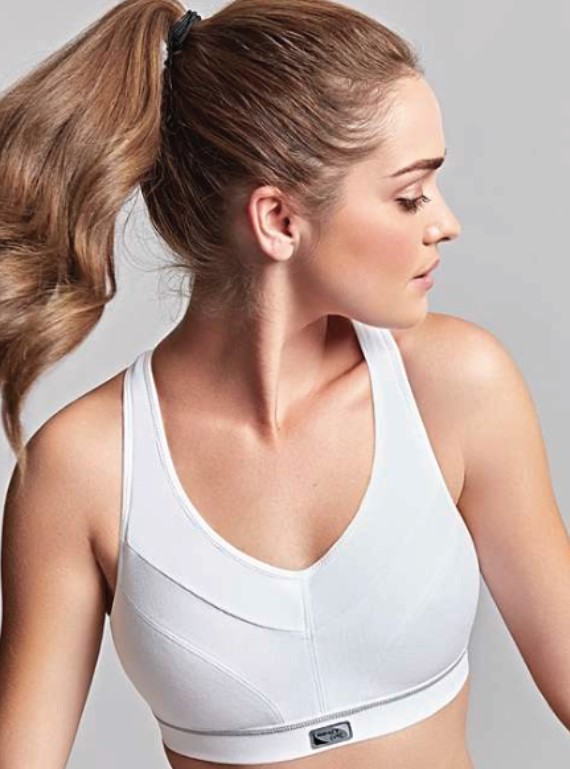
ACTIVE. STRONG. CONFIDENT.
The Ultimate Guide to Choosing Fabrics for Sports Bras
Attention, trailblazing start-ups and visionary entrepreneurs in the Intimate Apparel industry! Are you eager to design top-notch sports bras that offer unparalleled comfort and exceptional functionality? If so, prepare yourselves for an exhilarating expedition into the fascinating world of sports bra fabrics. In this article, we will expertly guide you through the crucial factors for choosing the perfect fabrics for sports bras, empowering you to create high-quality garments that athletes will adore.
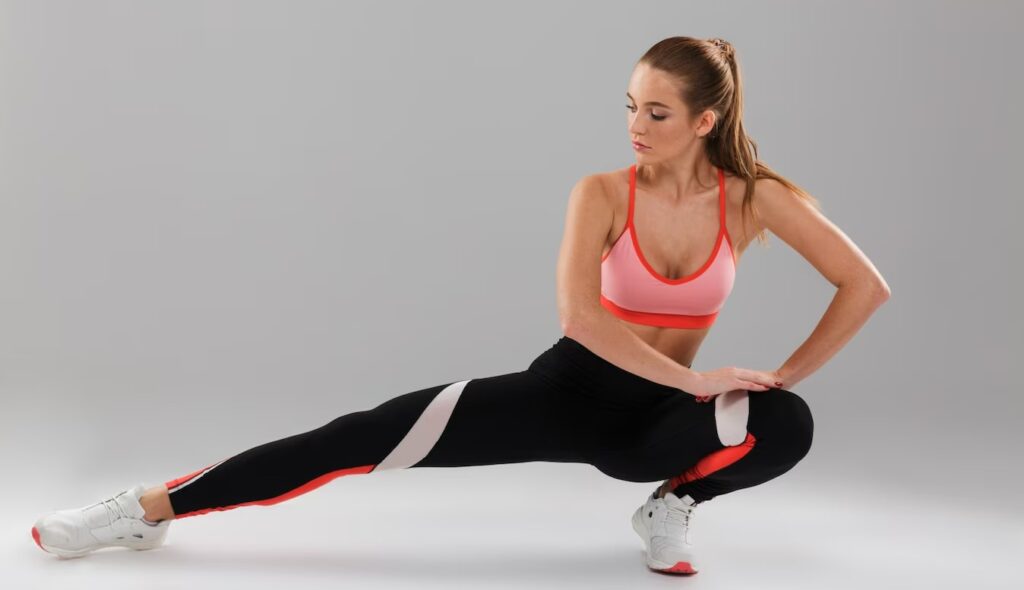
THE EVOLUTION OF STRETCH FABRICS
When it comes to sports bras, stretch and recovery are essential qualities. Initially, the use of natural rubber in warp knitted fabrics provided some stretch, but it came with its own set of issues such as weight and durability. Then, in 1958, Dupont scientist Joseph Shivers revolutionised the industry with the invention of Lycra™. Lycra™, also known as elastane or spandex, offered unprecedented stretch and recovery properties.
THE RISE OF LYCRA™
Lycra™ quickly found its way into women’s undergarments, providing a new level of freedom, comfort, and weightlessness during the 1960s. As sportswear evolved, Lycra™ made its mark in the industry. In fact, the French Olympic Ski Team even incorporated Lycra™ into their uniforms in 1968. Cyclists embraced this technology in the 1970s, opting for lightweight, aerodynamic body-hugging garments containing Lycra™.
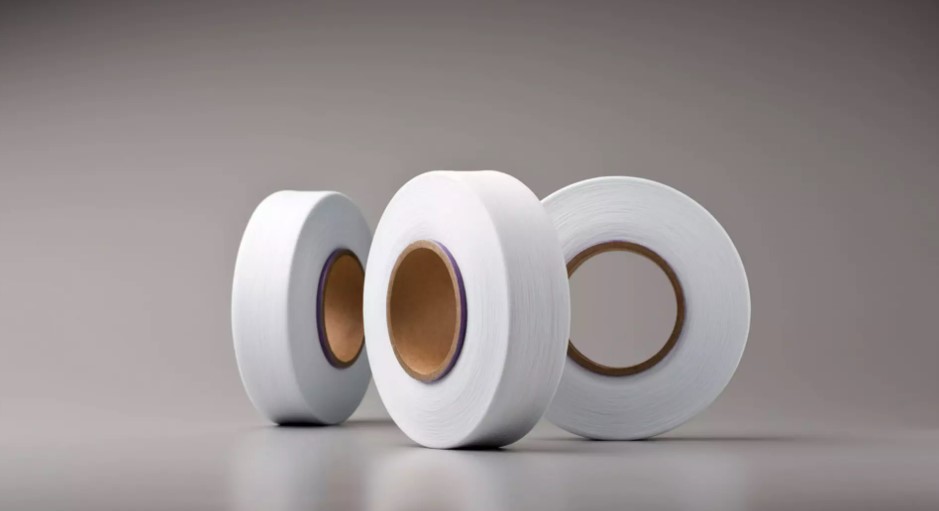
EXPANDING INTO KNITTED AND WOVEN FABRICS
During the 1980s, elastane began to make its way into various knitted fabrics, combining synthetic and natural fibres. Elastane percentages ranged from single figures up to the twenties, catering to the needs of professional and amateur athletes alike. In the 1990s, the focus expanded to woven fabrics, which required a different approach. Elastane had to be covered or wrapped in another yarn. Initially, stretch was added in the weft direction (2-way stretch), but with modifications to the looms, woven with bi-stretch (4-way stretch) became possible.
NOT JUST LYCRA™
While Lycra™ remains a leading brand of elastane; other options are available on the market. Brands like Creora™ and Roica™ offer a wide range of elastane in different types and sizes. Additionally, Lubrizol manufactures X4zol™-J, a thermoplastic polyurethane (TPU) fibre that boasts fine and strong monofilaments, making it an interesting contender for sportswear.
BEYOND ELASTANE: MECHANICAL AND CRIMPED YARNS
In addition to elastane, there are other types of stretch fabrics available. Mechanical stretch fabrics incorporate crimped yarns that stretch when pulled. While they provide some stretch and recovery, their capabilities are limited compared to elastane. Yarns like T400™ offer better durability, stretch, and recovery due to their multi-component nature. Although they have less stretch than elastane, they are an excellent choice when moderate stretch and durability are required.
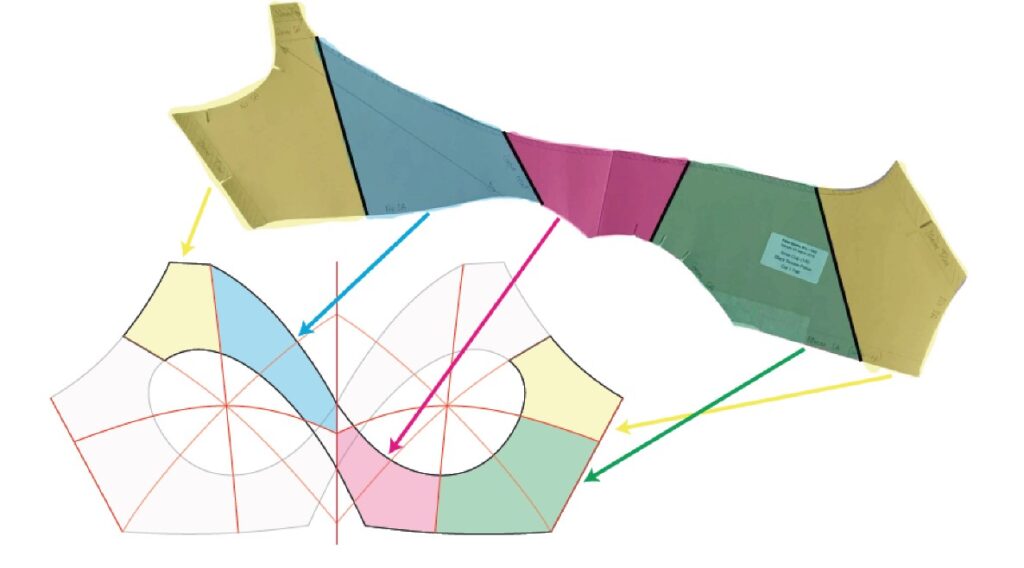
KEY CONSIDERATIONS FOR CHOOSING SPORTS BRAS FABRICS
- Breathability and Moisture Management: All sports bra fabrics should prioritise breathability and moisture-wicking properties. Fabrics like “CoolMax” that offer performance moisture management are highly recommended.
- Antibacterial Properties: To maintain hygiene and prevent odour, incorporating anti-bacterial fibres or finishes in sports bras is crucial. These properties ensure that athletes feel fresh and comfortable during workouts.
- Impact Rating: Sports bras should be designed to provide appropriate support for different impact levels. Understanding the impact rating and selecting fabrics accordingly is essential.
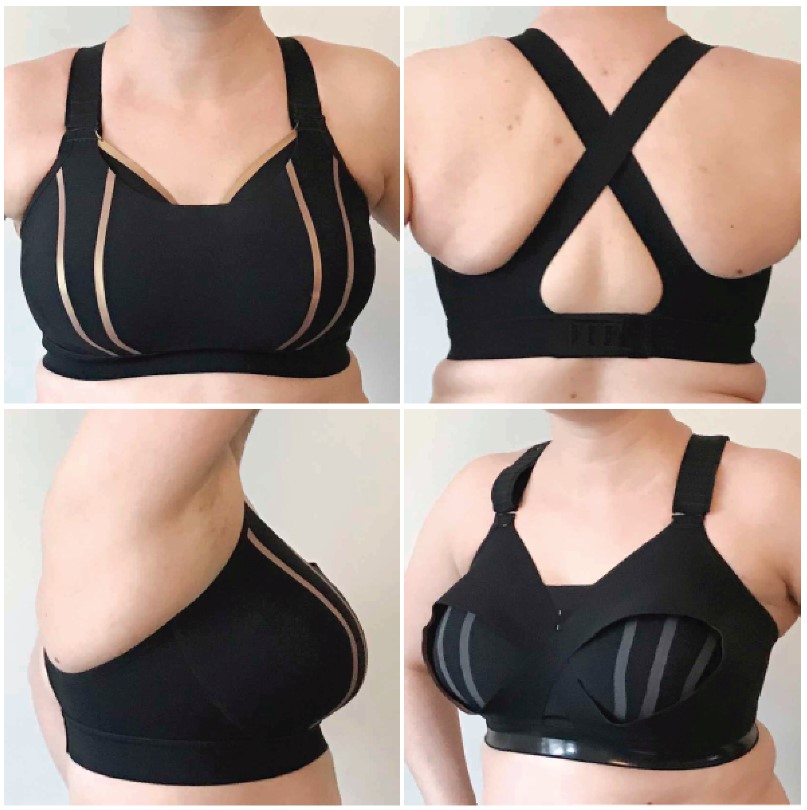
Selecting the right fabrics is fundamental when designing sports bras that cater to athletes’ needs. As the demand for activewear continues to rise, it is vital for start-ups and entrepreneurs in the intimate apparel industry to prioritise fabrics that meet the needs of active individuals. With the right fabrics and a keen understanding of your target audience, you can create sports bras that are both functional and fashionable, setting your brand apart in the competitive market of sportswear.
